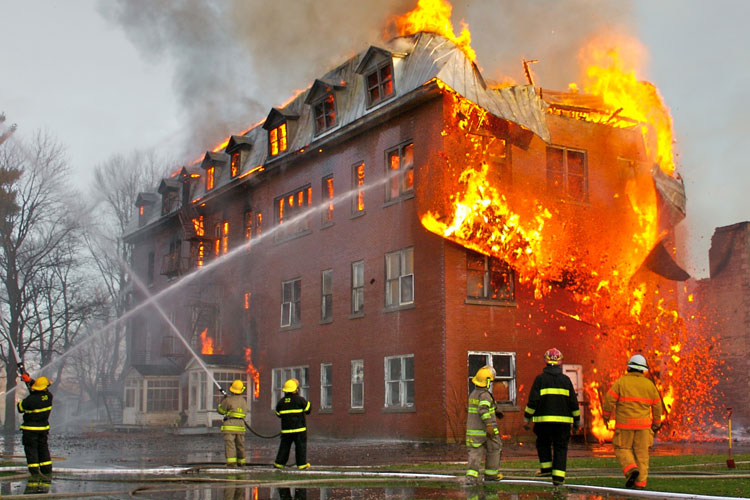Dust may be a potential explosion hazard. While dust can cause visibility issues, slippery surfaces and health problems like respiratory difficulties, it can also be the source of explosions. An explosion involving dust can occur if the following conditions are met: fuel, ignition source, oxygen, confinement and dispersion of dust. Many of these explosions occur as a rapid chain of combustion events. It is crucial to be able to recognize and eliminate at least one of the stated conditions necessary for an explosion to occur.
Many facilities may be at risk of being victim to combustible dust explosions. Facilities that are subject to a combustible dust hazard are known as Class II locations. Some of these facilities include flour mills, chemical production, wood storage and processing, sugar production etc.
It is important to be proactive regarding hazardous locations. Hazard assessments are essential in identifying potential factors that may lead to an explosion. An explosion can occur wherever combustible dust accumulates or becomes airborne and can potentially be ignited by sources such as: open flames, hot surfaces, electrical discharges etc. One factor that can easily be identified during hazard assessments is the proximity of an ignition source to a mass of combustible dust.
Hazard prevention is extremely important when working in facilities with the potential risk of explosion. The easiest way to prevent explosions due to the presence of combustible dust is dust removal and proper maintenance. Dust can be removed with proper ventilation systems, dust collection systems and dust removal systems. However, normal vacuums and other removal systems cannot be used in these hazardous locations because they may ignite the dust present. Any removal equipment used in these locations MUST be Explosion Proof.













